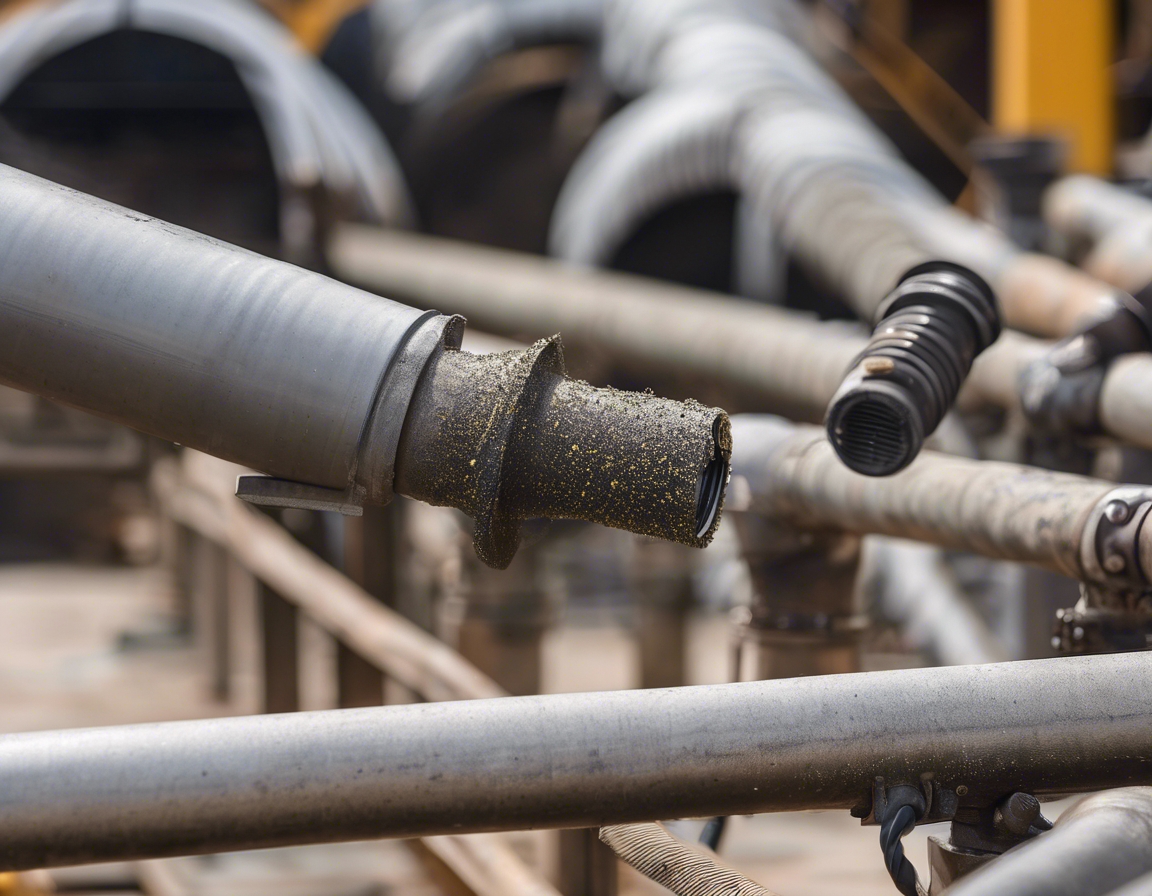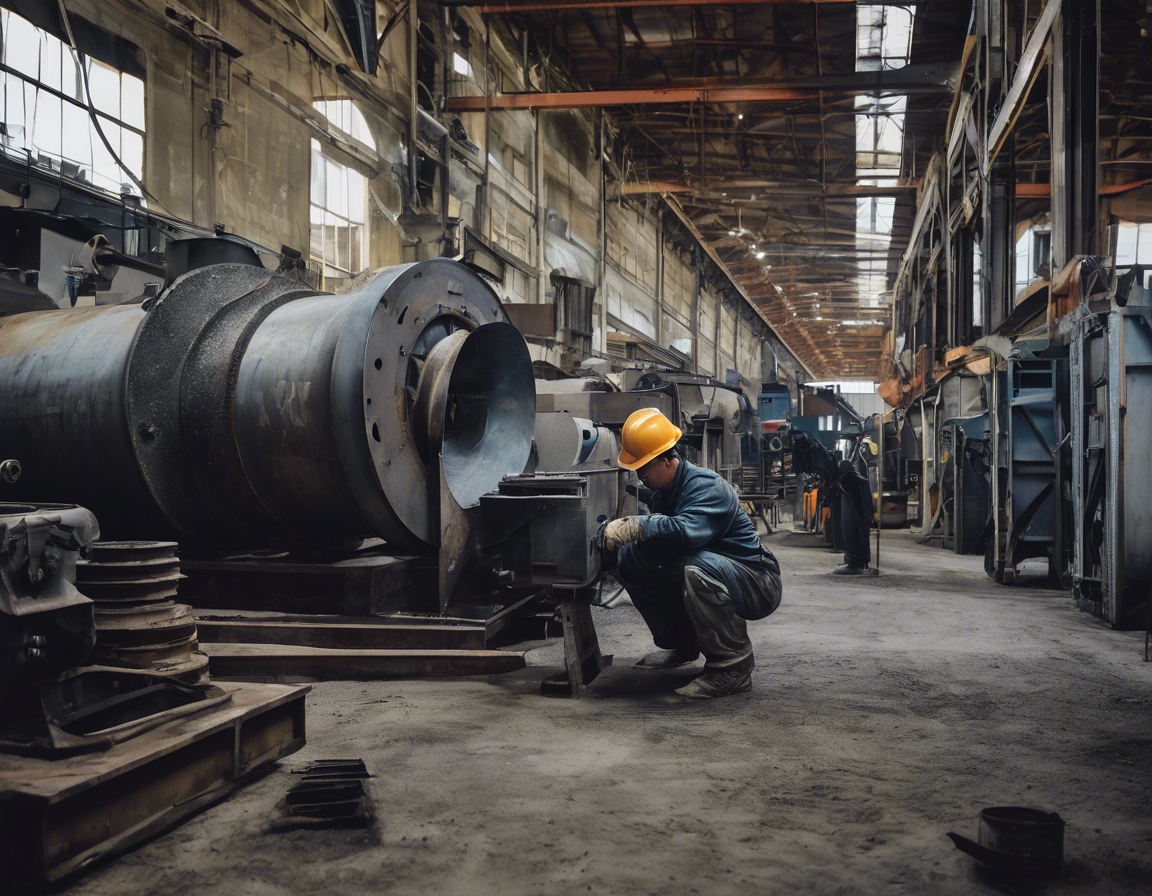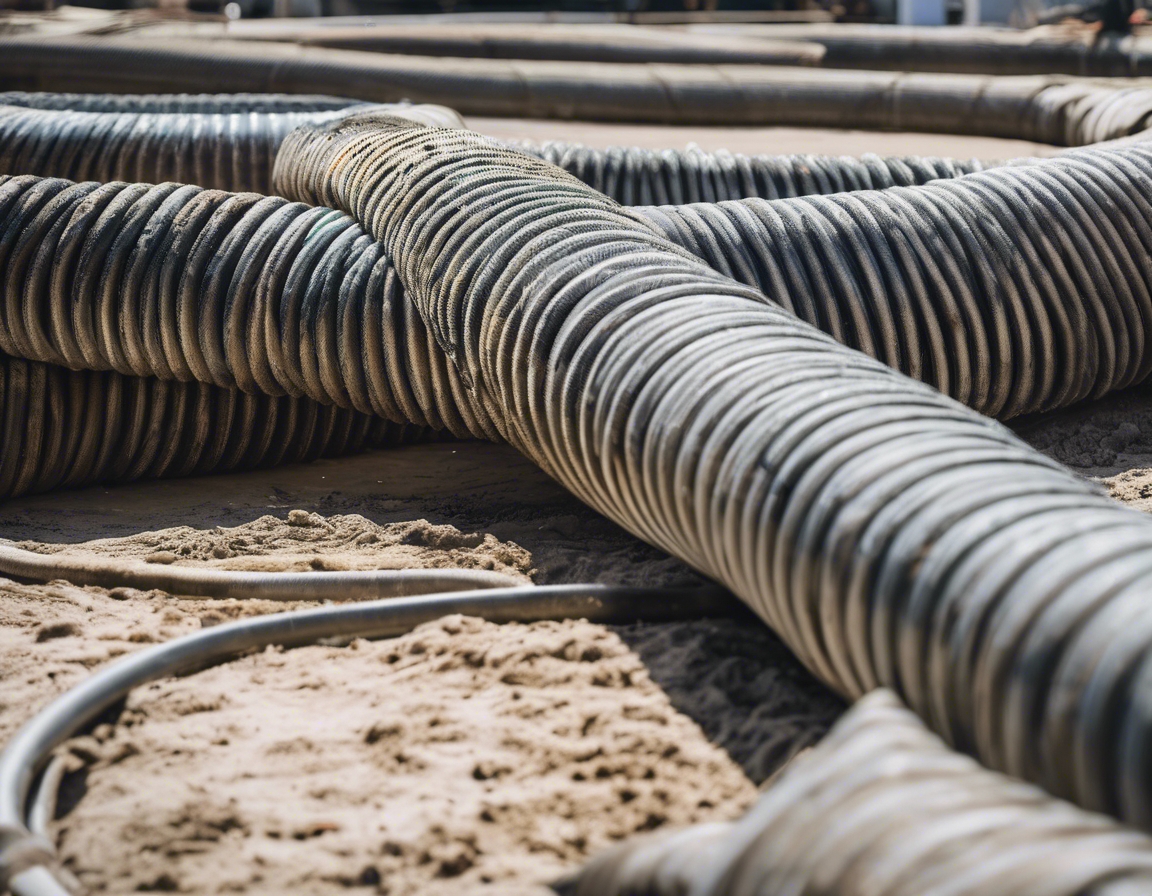The importance of surface preparation in construction
In the realm of construction, surface preparation is a critical step that lays the foundation for the success of any project. Whether it's a skyscraper, a bridge, or a residential building, the longevity and quality of the construction depend significantly on how well the surfaces are prepared before any further work is undertaken. This process ensures that the surfaces are ready to receive coatings, adhesives, or any other materials that are essential for the construction process.
Understanding the Basics of Surface Preparation
Surface preparation involves cleaning, repairing, and priming surfaces to ensure they are in optimal condition for subsequent construction activities. The primary purpose is to create a surface that is free from contaminants, defects, and irregularities, thereby ensuring that coatings and materials adhere properly and perform as expected.
Construction projects involve a variety of surfaces, including metal, concrete, wood, and composites. Each type of surface requires specific preparation techniques to address its unique characteristics and challenges. Understanding these differences is crucial for selecting the appropriate preparation method.
Key Techniques in Surface Preparation
Mechanical methods involve the use of physical force to clean and prepare surfaces. Techniques such as sandblasting, grinding, and shot blasting are commonly used to remove rust, old paint, and other contaminants. These methods are particularly effective for metal and concrete surfaces.
Chemical methods utilize solvents, acids, and other chemical agents to clean and prepare surfaces. These are often used when mechanical methods are impractical or when dealing with delicate surfaces that require a gentler approach. Chemical preparation is essential for removing oils, greases, and other organic contaminants.
Thermal methods involve the use of heat to prepare surfaces. Techniques such as flame cleaning and heat blasting are used to remove coatings and contaminants by burning them off. This method is particularly useful for surfaces that can withstand high temperatures.
Benefits of Proper Surface Preparation
Proper surface preparation significantly enhances the durability of construction materials. By ensuring that coatings and adhesives adhere properly, the risk of premature failure is minimized, leading to longer-lasting structures.
Surface preparation ensures that coatings and materials bond effectively with the substrate. This improved adhesion is crucial for the performance and longevity of protective coatings, paints, and sealants.
In addition to functional benefits, proper surface preparation also enhances the aesthetic appeal of construction projects. Smooth, clean surfaces provide a better finish and contribute to the overall visual quality of the structure.
Challenges in Surface Preparation
Surface preparation can have environmental impacts, particularly when using chemical methods. Proper disposal of waste and adherence to environmental regulations are essential to minimize these impacts.
While surface preparation is essential, it can also be costly. The choice of method, materials, and labor all contribute to the overall cost, making it important to balance quality with budget constraints.
Surface preparation can be time-consuming, especially for large projects. Efficient planning and execution are necessary to ensure that preparation does not delay the overall construction timeline.
The Role of Expertise and Technology
Skilled labor is crucial in surface preparation. Experienced professionals understand the nuances of different surfaces and can select the most appropriate techniques to ensure optimal results.
Advancements in technology have introduced new tools and methods for surface preparation. From automated blasting machines to advanced chemical formulations, technology continues to enhance the efficiency and effectiveness of surface preparation processes.






Comments (0)